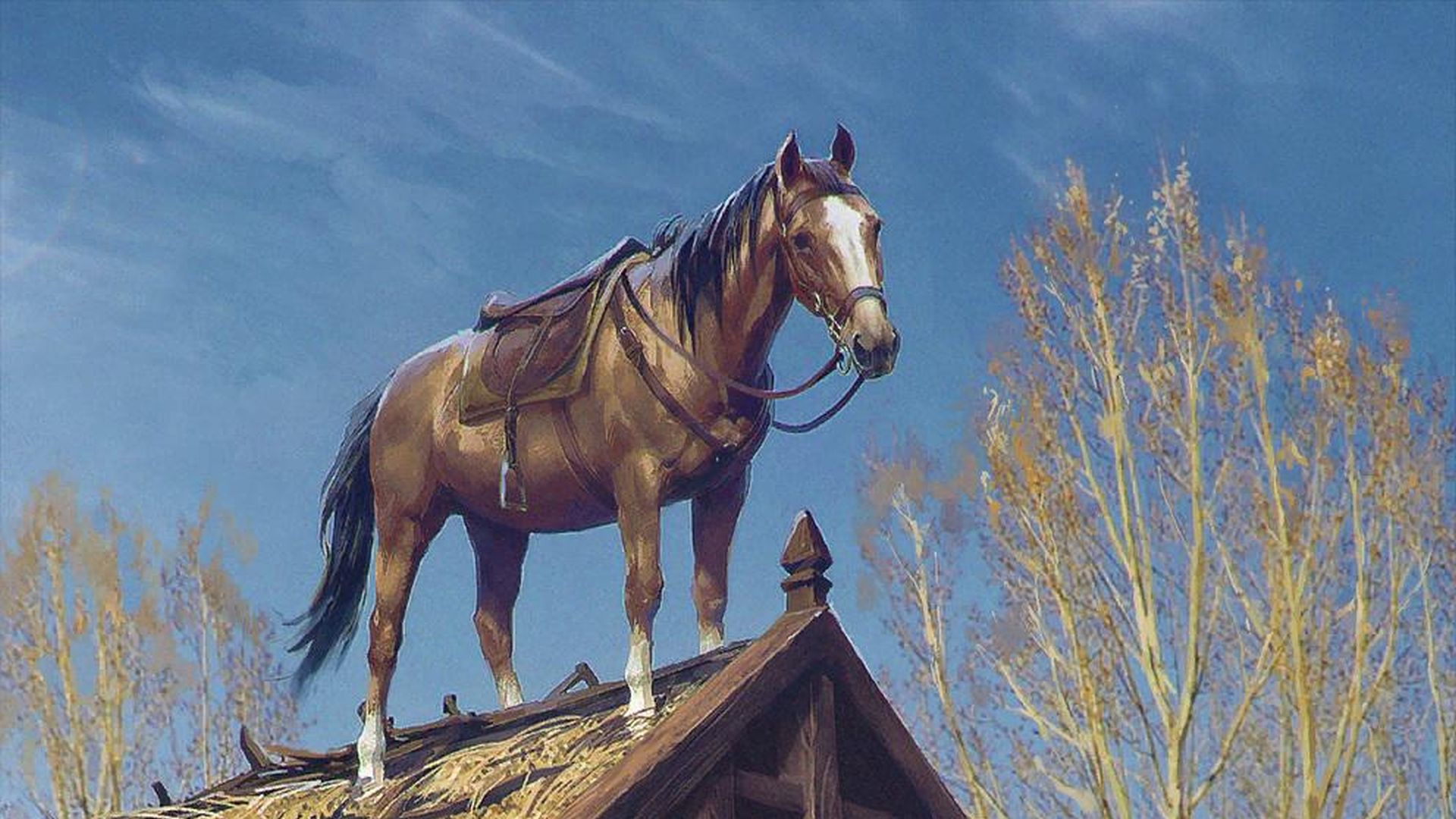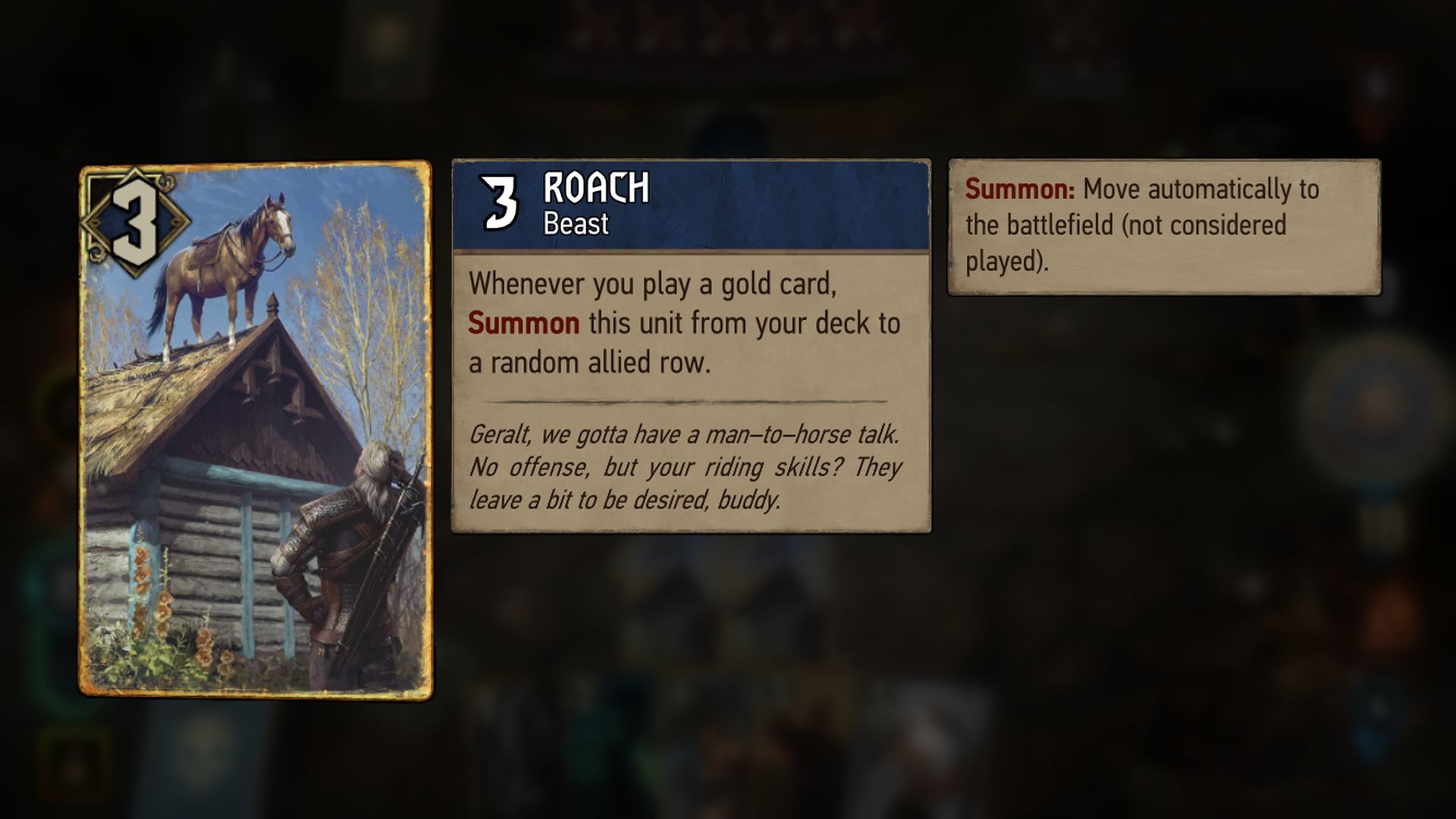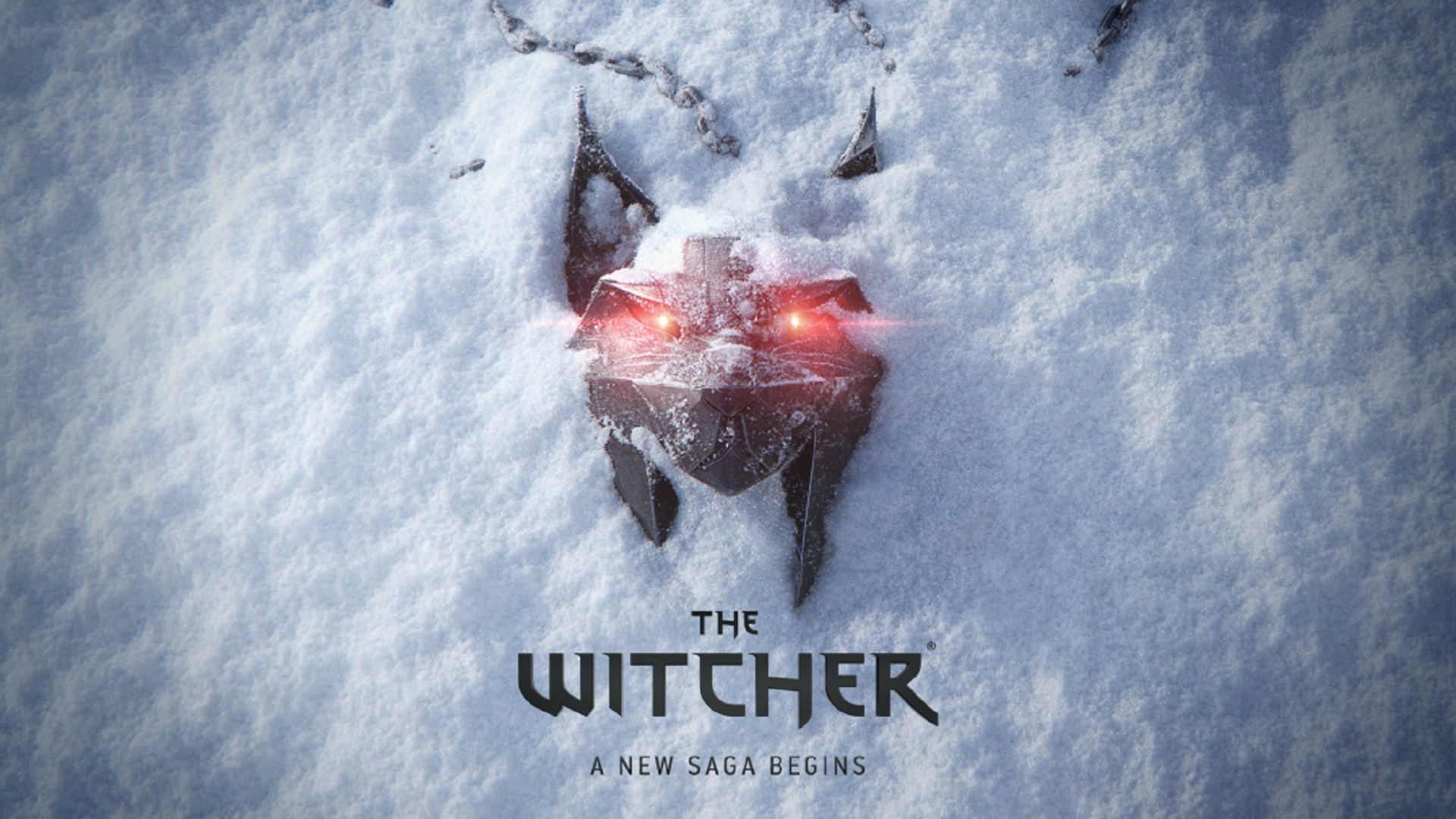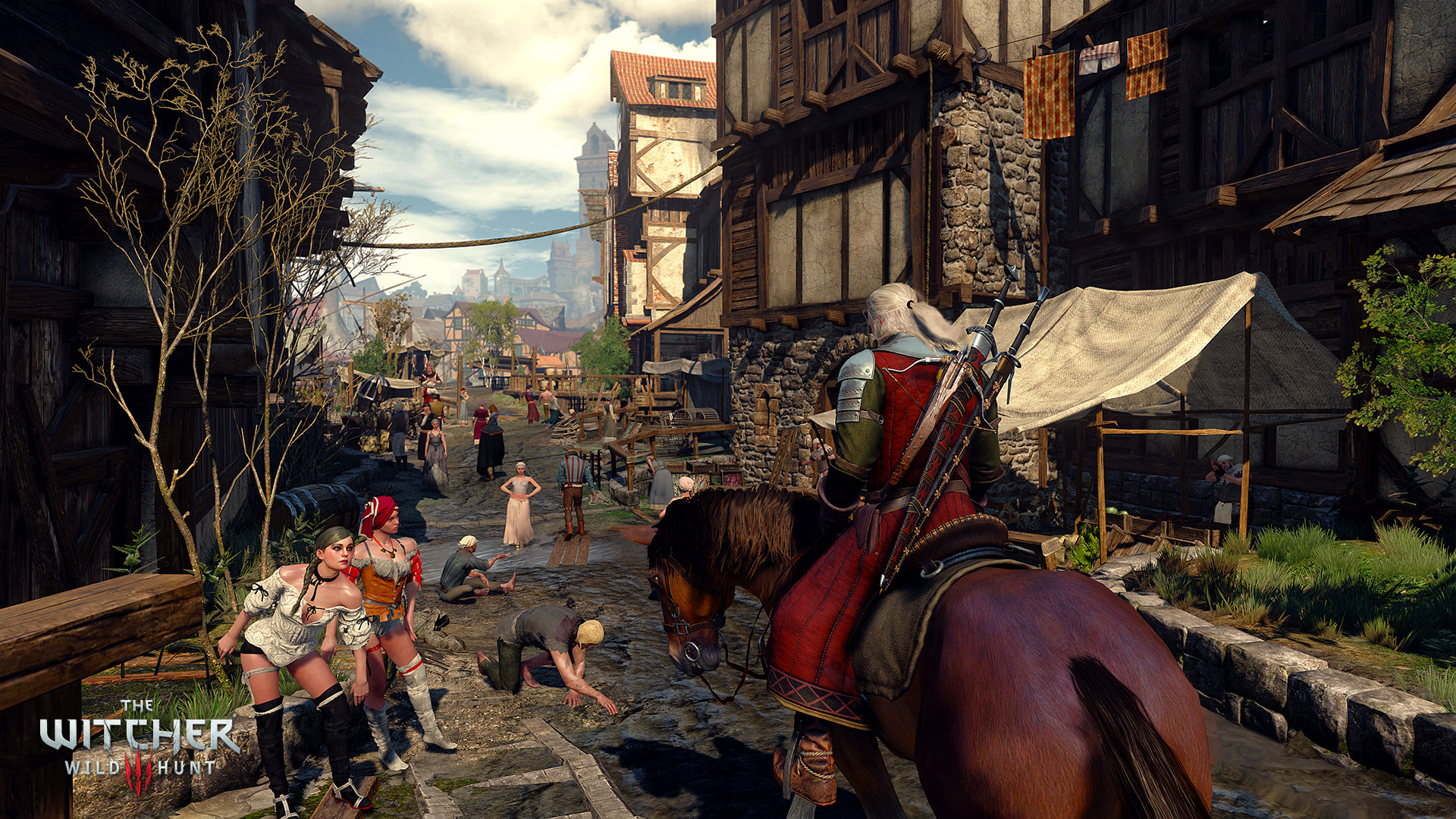The Witcher game that lets you clone Geralt’s favorite horse has arrived
On the hoof

It’s been a week since CD Projekt Red’s compulsive Witcher deckbuilder, Gwent: Rogue Mage, launched on PC and mobile platforms. I’ve been playing it on every toilet break, in every sandwich shop queue, and have quickly fallen into some familiar strategic patterns.
I’ve learned, for instance, the importance of bagging an early treasure card if I’m to secure a win at the end of a run. And so, after that initial battle with a bandit leader or beastmaster, I’m cracking open a chest with a specific magical item in mind: Aerondight, the sword of the Lady of the Lake, which grows in power with every killed enemy – or else the Prism Pendant, which cuts the energy cost of all my spells in half.
Yet on my latest run through the new Witcher game, an unfamiliar artifact fell out of the box – the Caparison of Lament. It looked, to the naked eye, like a fairly plain horse saddle. And in the description, I learned that it would “transform all cards in my deck into Roach”.

It didn’t strike me as a particularly powerful ability. Two other, more demonstrably useful treasure cards sat in the lid of that chest, and I could pick only one. Yet I forewent the sensible choice, just this once, in favor of self-destructive curiosity. I’d been given a heads-up in a loading screen that Rogue Mage contained secrets, and suspected this was one of them. And I mean, it’s Roach. I’ve spent dozens of hours sat on this guy. If we’re both in town, we should catch up.

Alongside confirmation that CDPR is working on The Witcher 4 came an image of a medallion, a clue that the studio is fleshing out a Witcher school previously rooted in fan fiction.
No sooner had this pleasant trot down memory lane begun, however, than I lost control of the reins. In the very next battle, the Caparison of Lament appeared in my initial hand, and I played it during my first turn. What happened next seemed to unfold in slow motion, yet I was powerless to stop it. One by one, cards flew out of my deck – each one depicting a horse standing on a roof, in reference to a famous bug in The Witcher 3. Before I knew what had happened, I was staring at six identical mounts, all staring placidly across the field at the lantern-bearing wraith which opposed them.
The idea of multiple Roaches doesn’t offend me – it’s canonical, in fact. A rite of passage for every Witcher fan is the realisation that Geralt has owned many, many horses, each of them called Roach. It makes sense: the White Wolf’s adventures take place over dozens of decades, thanks to his unnaturally elongated lifespan, and monster hunting constitutes a dangerous working environment for animals. We all watched a Roach die during Season Two of the Witcher Netflix show. An emotional body blow, yes, but an undeniable fact devotees must come to accept.

Yet the tactical potential of a sea of Roaches? Dubious, to say the least. To win a typical game of Gwent you must stack up a total of nearly 100 points, adding together the value of every unit on your side of the board. And the Roach card, it turned out, offered just three points. My six Roaches, oddly impressive though they were in formation, contributed a grand score of only 18.
Sign up for breaking news, reviews, opinion, top tech deals, and more.
And so I set about mutating Geralt’s favorite horse. Pony became putty in a desperate effort to win
Worse, they had already trampled any hope of reinforcements. By emptying my deck and transforming its contents, the massed Roaches had destroyed the carefully picked synergies of my Hive Mind army. It’s a strategy that usually relies on cards spawning other cards, often in disgusting ways, which in turn are then eaten by increasingly engorged monsters. None of that was coming, and the Roaches had no special abilities whatsoever – a rarity in Gwent. There’s no clever symbiosis to be found between two cards which are exactly the same daft portrait, lined up as if for a singular gallery exhibit. In short, this was a tactical disaster.
Luckily, I had a spellbook. During every match in Rogue Mage, the wizard Alzur looks on, casting hexes and hurling lightning bolts at my command. For this run, I’d packed the Rapid Evolution spell, which can morph any card into another, chosen at random. And so I set about mutating Geralt’s favorite horse. Hooves sharpened into claws; necks shortened until they were fit to carry the chins of human mages and diplomats with higher point values. Pony became putty in a desperate effort to win.

In this morally questionable manner, I took the lead mid-match. But, since the Caparison had lamentably spilled the contents of my deck, I had no new cards to draw, and quickly ran out of plays. I could only sit and watch in the endgame as the specter of Sabrina Glevissig, Yennefer’s classmate, stomped all over my strategy with a fiery double-tap – catching every single living unit in her blast radius. Sorry to say, but even more Roaches died on my watch. Still: at least now I can say I was killed by an easter egg.

Jeremy is TRG's features editor. He has a decade’s experience across publications like GamesRadar, PC Gamer and Edge, and has been nominated for two games media awards. Jeremy was once told off by the director of Dishonored 2 for not having played Dishonored 2, an error he has since corrected.